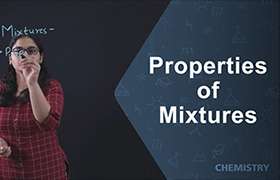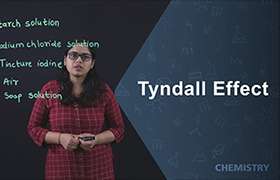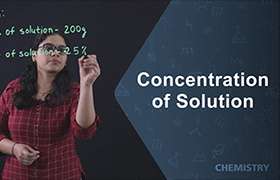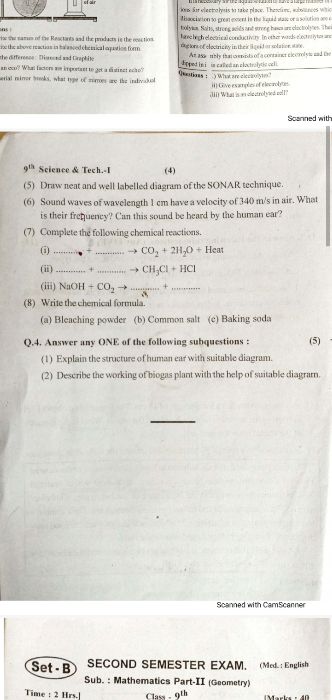CBSE Class 9 Answered
please clarify the difference between colloidal, suspension and true solution.
Asked by Somi Patel | 14 Aug, 2012, 09:09: PM
Colloidal solution or colloidal state or colloidal dispersion, represent an intermediate kind of a mixture between true solution and suspension. The size of a colloidal particle lies roughly between 1-100 nm. Colloids are also a two-phase heterogeneous system consisting of the dispersed phase and dispersion medium. However, colloidal particles present in small amount as the dispersed phase component behave like a solute in a solution when suspended in a solvent phase or dispersing medium, because of their small size.
Suspensions consist of particles of a solid suspended in a liquid medium. Suspensions are systems with two distinct phases. The particles in suspensions are bigger than 100 nm to 200 nm across. The particles of a suspension may not be visible to the naked eye but are visible under a microscope. Suspensions are heterogeneous systems. They stay only for a limited period i.e. these are not stable as the particles have a tendency to settle down under the influence of gravity. The particles of a suspension can neither pass through ordinary filter paper nor through animal membranes. Examples of suspensions are sodium chloride in benzene, turmeric in water, silver chloride, barium sulphate or sand in water.
A true solution is a homogeneous solution in which the solute particles have diameters between 0.1 nm to 1 nm i.e., the solute particles are of molecular dimensions. Such dispersed particles dissolve in solution to form a homogenous system. These do not settle down when the solution is left standing. The particles are invisible even under powerful microscopes and cannot be separated through filter paper, parchment paper or animal membranes. For example, sodium chloride in water is a true solution. Most ionic compounds form true solutions in water. Organic compounds like sugar and urea also form true solutions in water.
Answered by | 15 Aug, 2012, 12:18: AM
Application Videos
Concept Videos
CBSE 9 - Chemistry
Asked by mailtoparvathyprajith | 12 Feb, 2024, 10:08: AM
CBSE 9 - Chemistry
Asked by arunatijarearuna | 18 Apr, 2022, 05:18: PM
CBSE 9 - Chemistry
Asked by pratish.m1998 | 28 Mar, 2022, 12:23: PM
CBSE 9 - Chemistry
Asked by kittuk23rana | 17 Dec, 2021, 02:08: PM
CBSE 9 - Chemistry
Asked by aaravsharma10041980 | 06 Dec, 2021, 09:58: AM
CBSE 9 - Chemistry
Asked by raily.lodh | 11 Nov, 2021, 09:10: AM
CBSE 9 - Chemistry
Asked by rehanpinjari94.9dgatl | 11 Oct, 2021, 10:07: PM
CBSE 9 - Chemistry
Asked by shivjaiswal30.9dgatl | 02 Oct, 2021, 10:07: PM
CBSE 9 - Chemistry
Asked by parths1209 | 17 Sep, 2021, 08:48: AM












